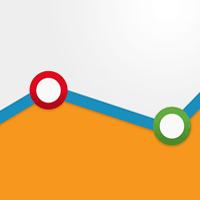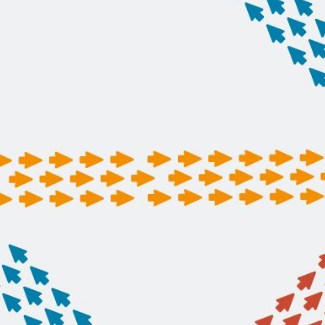Explore Attribution in Analytics

The Web provides enterprises an unmatched ability to know, with incredible precision, where their efforts are best spent. And in the realm of digital advertising, that means knowing which one of your promotional dollars is resulting in actual performance (primarily conversions).
Fortunately, most analytics solutions provide 'Net professionals at least some opportunity to dive quite deeply into their data and understand what channel, and further, what campaign or efforts in combination, is responsible for the success. Yes, of course, everything needs to be outlined and set up in a very specific way (based on the organizational objectives) but once that is agreed upon and complete, it is relatively easy to get a good picture of what's going on.
What attribution, and further attribution modeling, essentially provides is an opportunity to assign credit to the various touch points along users' conversion paths.
Attribution models are essentially the rules, or set of rules, that determine how all that works. There are several models that are currently used which can assign full or partial credit to the various touch points that precede conversions. Let take a closer look at these various models - but first, an example:
Let's say that a customer finds a site by clicking one of its AdWords ads. The user returns one week later by clicking over from a social network like Facebook. That same day, she comes back a third time through one of our company's email campaigns, and a few hours later, conducts and query at a search engine returns to makes a purchase.
In the Last Interaction attribution model, the last touch point - in this case, the search channel would receive 100% of the credit for the sale. In the Last Non-Direct Click attribution model, all direct traffic is ignored, and 100% of the credit for the sale goes to the last channel that the customer clicked through from before converting-in this case, the Email channel. In the Last AdWords Click attribution model, the last AdWords click-in this case, the first and only click to the Paid Search channel -would receive 100% of the credit for the sale. In the First Interaction attribution model, the first touch point - in this case, the Paid Search (specifically, AdWords) channel-would receive 100% of the credit for the particular sale.
There are, of course, other ways that provide a more balanced approach. In the Linear attribution model, for example, each touch point in the conversion path-in this case the Paid Search, Social Network, Email, and Direct channels-would share equal credit (25% each) for the sale.
In the Time Decay attribution model, on the other hand, the touch points closest in time to the sale or conversion get most of the credit. In the particular example shared above, the Direct and Email channels would receive the most credit because the customer interacted with them within a few hours of conversion. The Social Network channel would receive less credit than either the Direct or Email channels. Since the Paid Search interaction occurred one week earlier, this channel would receive significantly less credit.
Finally, in the Position Based attribution model, 40% credit is assigned to each the first and last interaction, and the remaining 20% credit is distributed evenly to the middle interactions. In this example, the Paid Search and Direct channels would each receive 40% credit, while the Social Network and Email channels would each receive 10% credit.










